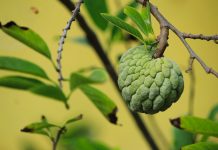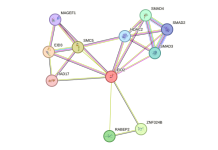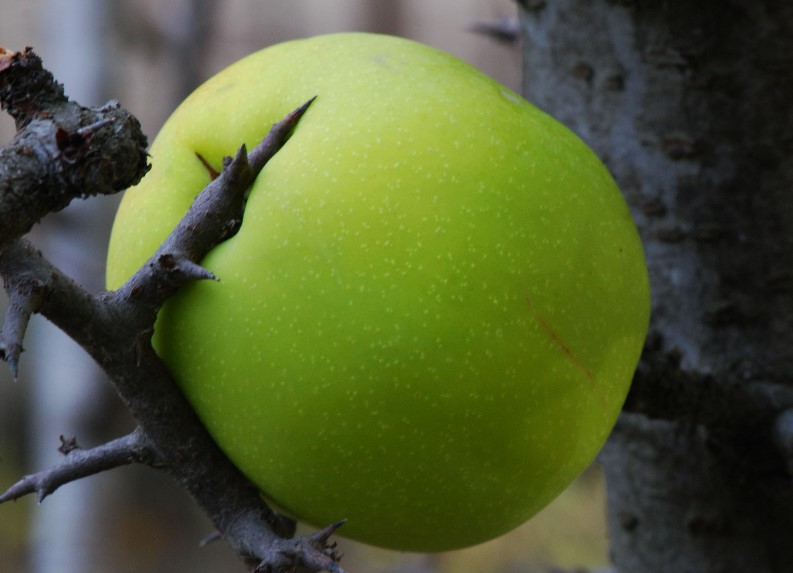Antioxidants in Pomegranate Juice can be other important mechanisms by which antioxidants in pomegranates can have imperative health effects. One key example is the antioxidant punicalagin, which is present in pomegranate juice. It may be able to assist stop preeclampsia and intrauterine growth restriction (IUGR). Both conditions have similar placental histopathology.

They can cause improper remodeling of the maternal spiral arteries and harm the chorioallantoic placenta after oxidative stress. This can lead to progressive damage in villi and cause placental dysfunction, which can harm or even kill the mother and her baby. Also, it was earlier demonstrated that pomegranate juice reduces oxidative stress in individual villous trophoblasts and limits stimulus-induced cell death of human trophoblasts in explants and in primary cultures.
This was supported by another study that showed that an extract of the fruit could avert oxidative stress in the fetus caused by the anticancer agent, adriamycin. These antioxidant effects may be due to the antioxidant potential of the phenolic compounds and/or their abilities to chelate Fe2+ and Cu2+. This could be important in serving to prevent cardiotoxicity, which can occur in cancer patients (especially children) who are being treated with adriamycin (also known as doxorubicin).
This is because poorly liganded (or chelated) Cu2+ can increase the toxicity of adriamycin. However, punicalagin can also down-regulate or diminish the level of a vital regulatory protein in the body called p53. This is one of the most vital proteins in human cells and is a hub in the cellular network and web of human life, as discussed further in the Appendix. It is frequently called the guardian of the genome.
Its role is to ensure that any scratch to DNA is repaired before it allows cells to progress in the mitotic cell cycle as two genetically identical cells are formed from a parent cell. It can also make active programmed cell death or apoptosis. So, researchers showed that punicalagin and pomegranate juice reduce oxidative stress and apoptosis in cultured cells called syncytiotrophoblasts that were exposed to hypoxia (low O2).
These are cells in the epithelium that covers the embryonic placental villi, which enter the wall of the uterus to enable nutrients to circulate between the mother and the growing fetus. Placental apoptosis boosts during preeclampsia and intrauterine growth constraint. In healthy pregnancies, the ratio of cytotrophoblasts and syncytiotrophoblasts is maintained in a steady-state, but it is altered in pathological conditions.
Even though some apoptosis is needed to control the number of cells and size of tissues, excess placental apoptosis of trophoblasts occurs in preeclampsia and intrauterine growth restriction. Oxidative stress can cause placental dysfunction and problems in pregnancy, and p53 is involved in apoptotic stress caused by oxidative stress.

So, it is quite significant that punicalagin and pomegranate juice can limit oxidative injury by helping to regulate p53 activity. Moreover, p53 causes apoptosis by activating enzymes called caspases, which catalyze the hydrolysis or breakdown of cellular proteins. So, it is imperative to note that punicalagin the expression and following activity of caspases.
The p53 proteins also affect the activities of two other proteins, p21 and MDM2, both of which were affected by punicalagin. In conclusion, there is a protein called heat-inducible factor1α or HIF1α that is induced by hypoxia, interacts with MDM2, and alters p53 activity and apoptosis. Punicalagin abridged the expression of HIF1α in syncytiotrophoblasts.







